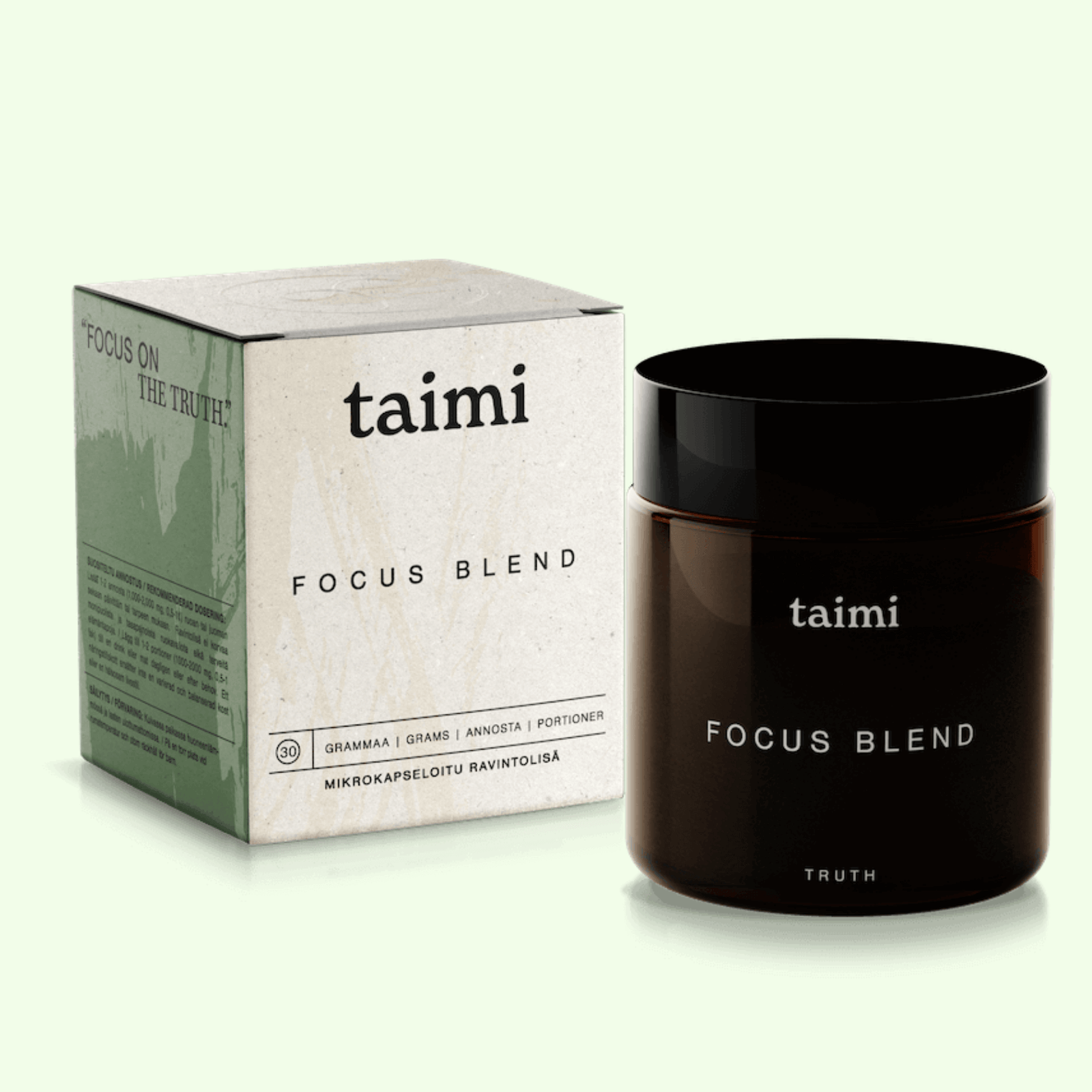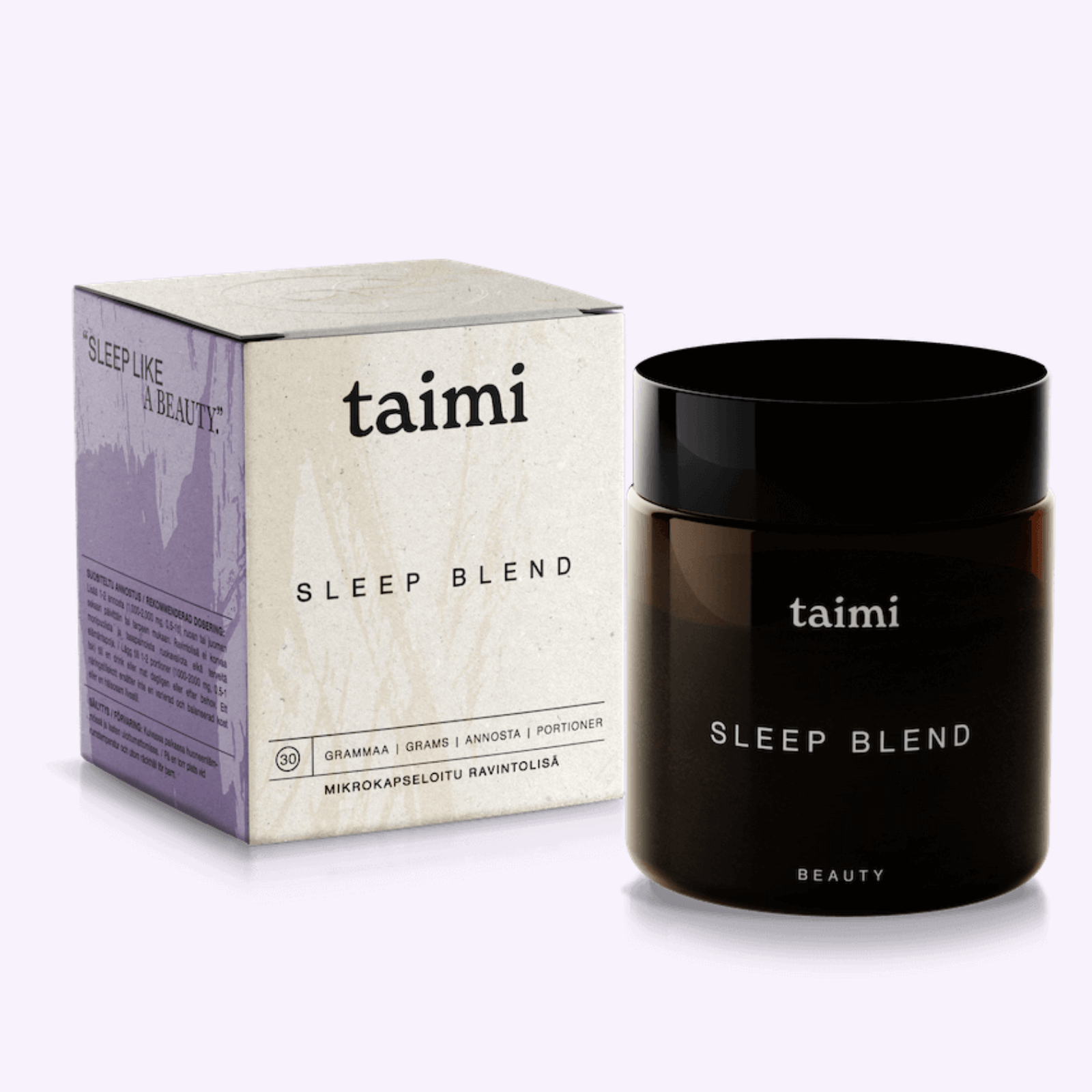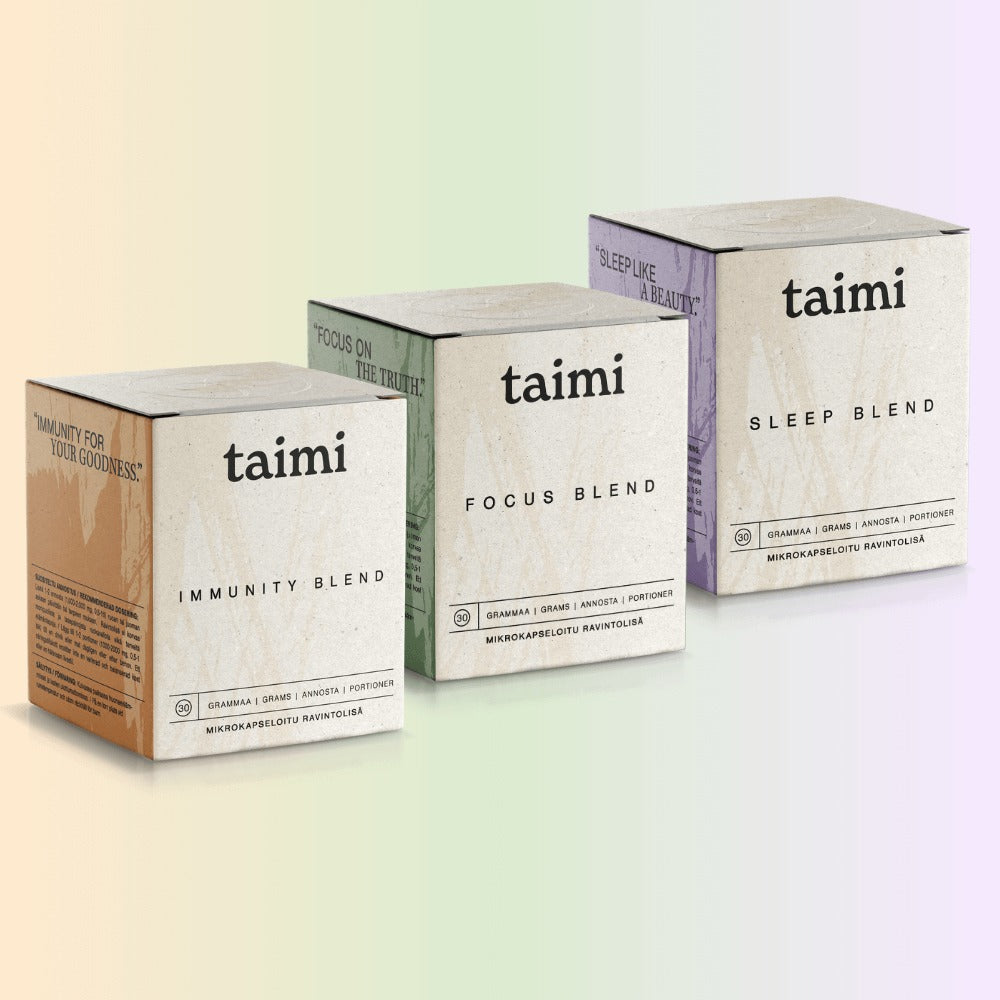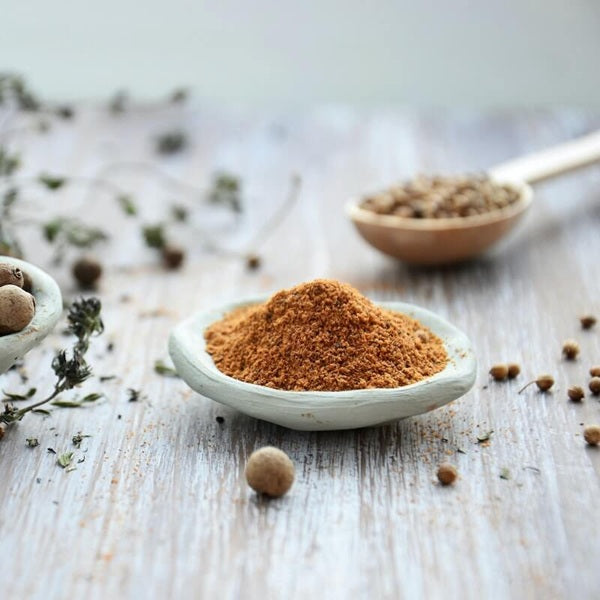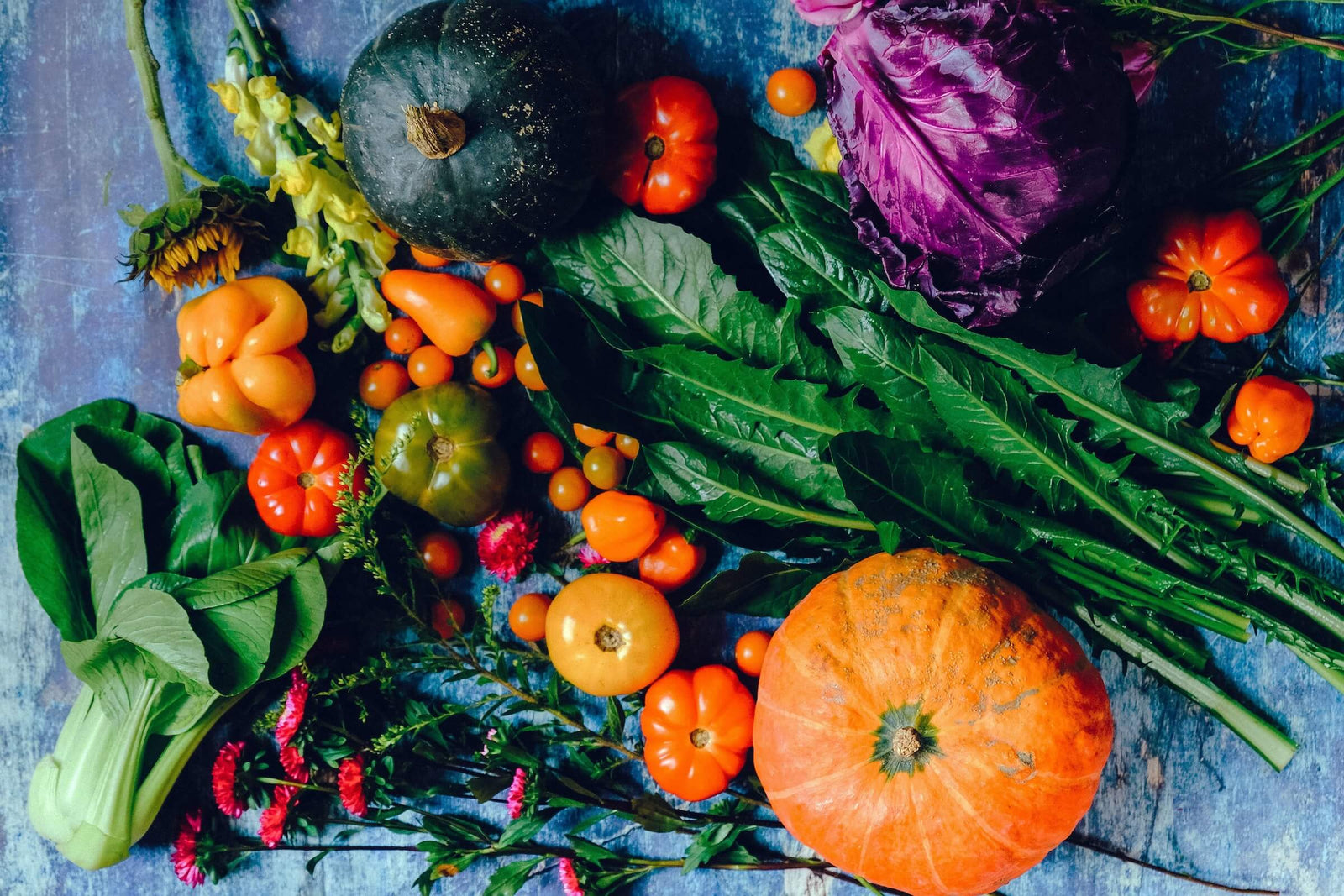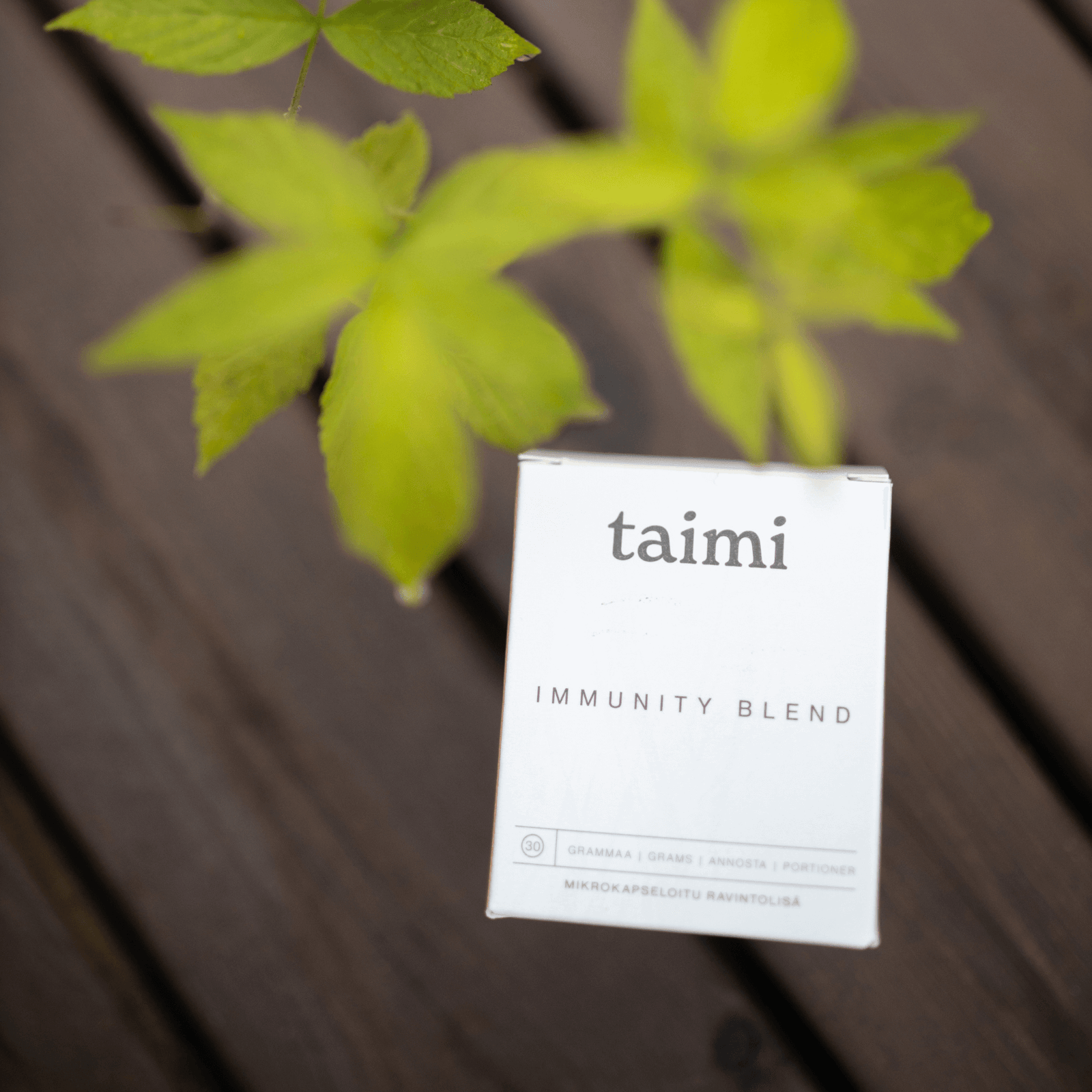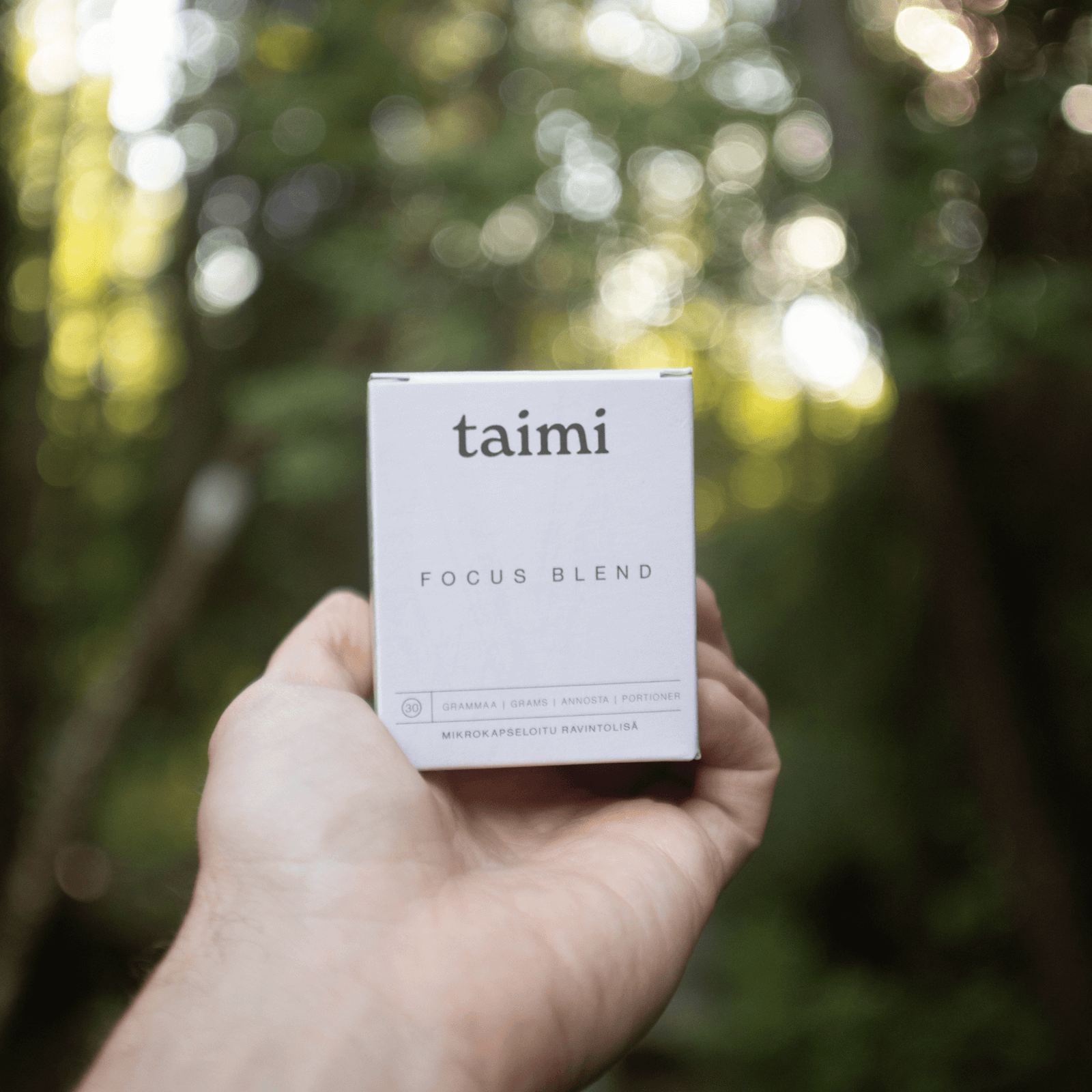When you walk among the colorful products in the fruit and vegetable section of the store, you may not be aware that their nutrient content has decreased over the past 70 years.
According to several studies, many fruits, vegetables and grains grown today contain less protein, calcium, phosphorus, iron, riboflavin and vitamin C than similar plants grown decades ago. The importance of this problem will only increase if more and more people switch to a mainly plant-based diet, as many experts recommend for general health and protection of the planet.

When there are no nutrients from the soil for the vegetables, there are no nutrients for humans in the vegetables either.
Nutrient depletion "leaves our bodies short of the components they need to defend themselves against chronic disease—it diminishes the value of food as preventative medicine," says David R. Montgomery, professor of geomorphology at the University of Washington in Seattle and co-author of What Your Food Ate with Anne Biklé.
Even for those who avoid processed foods in favor of fresh produce, this trend means that "what our grandparents ate was healthier than what we eat," says Kristie Ebi, a climate change and health expert at the University of Washington in Seattle.
Researchers say the root of the problem lies in modern agricultural processes that increase yields but disrupt soil health. This includes irrigation, fertilization and harvesting methods, which also disrupt essential interactions between plants and the soil microbiome, reducing the amount of nutrients and their absorption from the soil. These problems occur against the backdrop of climate change and rising carbon dioxide levels, which also reduce the nutrient content of fruits, vegetables and grains.
It's important to keep these things in proportion and not let this news stop you from eating a variety of foods to maintain your health. However, hopefully these results will encourage more people to care about how their food is grown.

Singing Frogs Farm regenerative farm in California, USA
Researchers studied cabbage, carrots, spinach and soil at Singing Frogs Farm and found that cabbage grown on the regenerative farm had 46 percent more vitamin K, 31 percent more vitamin E, 33 percent more vitamin B1, 60 percent more vitamin B3, and 23 percent more vitamin B5 than in cabbage grown in a "traditional" organic field. Cabbage also had more calcium, more potassium, more carotenoids and more phytosterols.
More mass, less nutrients
One of the largest scientific studies to address this issue was published in the December 2004 issue of the American College of Nutrition. Using nutrient data published by the USDA between 1950 and 1999, researchers at the University of Texas at Austin observed changes in 13 nutrients in 43 different garden crops—from asparagus and beans to strawberries and watermelons.
The fruits and vegetables studied showed a decrease in protein, calcium and phosphorus, which are essential for building and maintaining bones and teeth, as well as nervous system function. The concentrations of iron, which is an essential oxygen-carrying factor throughout the body, and riboflavin, which is crucial for energy metabolism, also decreased. The concentrations of vitamin C – which are important for the growth and repair of various body tissues and the functioning of the immune system – also decreased.
The level of decline varied by nutrient and type of fruit or vegetable, generally from 6 percent for protein to 38 percent for riboflavin. In particular, the amount of calcium decreased dramatically in broccoli, kale and sareptan mustard, while the iron content decreased significantly in Swiss chard, cucumbers and turnip leaves. Asparagus, kale, sareptan mustard and turnip leaves lost a significant amount of vitamin C.
More recent studies have also supported the view of a decrease in nutrient concentrations. A study published in the January 2022 issue of the journal Foods found that the iron content of most Australian-grown vegetables was fairly similar between 1980 and 2010, but some vegetables showed significant declines. Decreases in iron content ranging from 30 percent to 50 percent occurred in sweet corn, red potatoes, cauliflower, green beans, green peas, and chickpeas. In contrast, Hass avocados, mushrooms and Swiss chard actually increased iron content.

Animals also live in nutrient poverty when the soil becomes poor. This leads to a chronic lack of nutrients in grazing animals and its multiple effects.
The concentrations of cereals have also decreased. A study published in the 2020 issue of Scientific Reports found that the protein content of wheat decreased by 23 percent between 1955 and 2016, and that levels of manganese, iron, zinc, and magnesium also dropped significantly.
The alarming declines also have a multiplier effect on carnivores. Cows, pigs, goats and sheep now eat less nutritious grasses and grains, Montgomery says, which in turn makes meat and other animal products less nutritious than before.
"Growing plants bigger and faster has led to nutritional depletion," says Ben Allen, a nutrition and health researcher at the University of Queensland in Australia. "We've bred crops to produce more biomass, but that doesn't mean they produce more nutrients."
Regenerative farming is a possible solution
Regenerative farming can offer a solution to this challenge of declining nutritional values. This form of farming focuses on improving soil health and restoring the ecosystem to a natural balance.
It involves a number of strategies, including avoiding monocultures, no-till, the use of cover crops and livestock rotations, which can improve soil quality and revitalize its nutrient content.
"Through regenerative agriculture, we can restore soil health and biodiversity," says Dave Montgomery, professor of soil science at the University of Washington. "It not only improves the nutritional value of crops, but also helps fight climate change by sequestering carbon in the soil."


